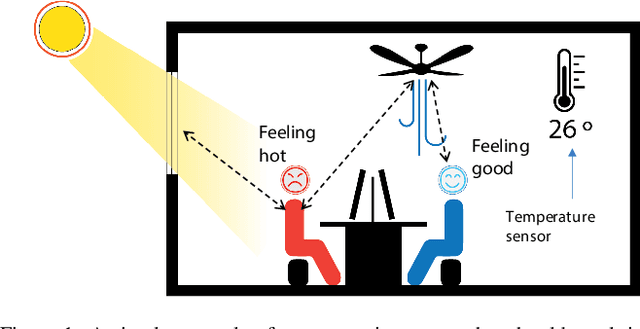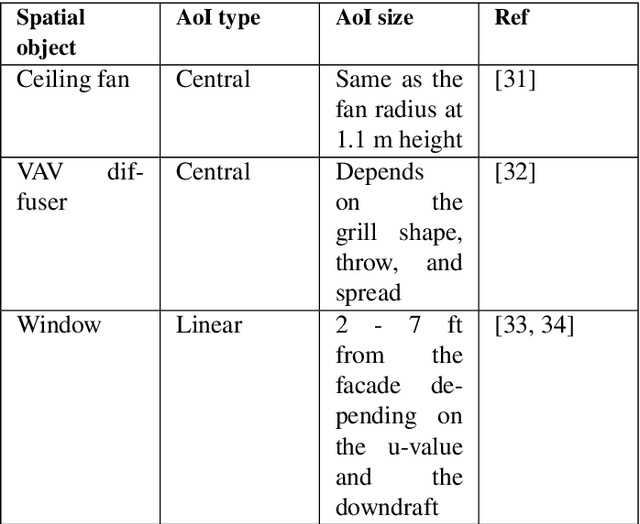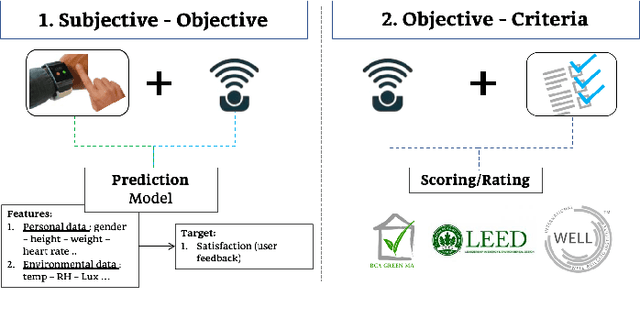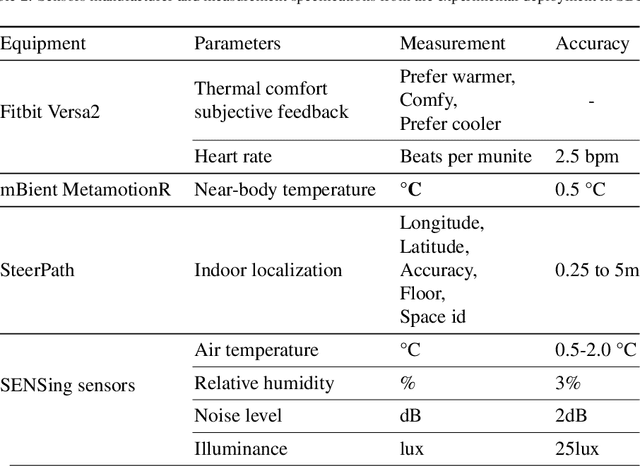Personal thermal comfort models using digital twins: Preference prediction with BIM-extracted spatial-temporal proximity data from Build2Vec
Paper and Code
Oct 30, 2021



Conventional thermal preference prediction in buildings has limitations due to the difficulty in capturing all environmental and personal factors. New model features can improve the ability of a machine learning model to classify a person's thermal preference. The spatial context of a building can provide information to models about the windows, walls, heating and cooling sources, air diffusers, and other factors that create micro-environments that influence thermal comfort. Due to spatial heterogeneity, it is impractical to position sensors at a high enough resolution to capture all conditions. This research aims to build upon an existing vector-based spatial model, called Build2Vec, for predicting spatial-temporal occupants' indoor environmental preferences. Build2Vec utilizes the spatial data from the Building Information Model (BIM) and indoor localization in a real-world setting. This framework uses longitudinal intensive thermal comfort subjective feedback from smart watch-based ecological momentary assessments (EMA). The aggregation of these data is combined into a graph network structure (i.e., objects and relations) and used as input for a classification model to predict occupant thermal preference. The results of a test implementation show 14-28% accuracy improvement over a set of baselines that use conventional thermal preference prediction input variables.
 Add to Chrome
Add to Chrome Add to Firefox
Add to Firefox Add to Edge
Add to Edge